Unlocking the Door to Literacy for Your Kids
Table of Contents
Hey there, super parents! It’s your friendly mom blogger from More4kids, back with another gem of a topic that’s close to my heart—phonics! If you’re anything like me, you’ve heard the term “phonics” more times than you can count. My 7-year-old Lily is knee-deep in phonics lessons, and Max, my 10-year-old, has been there, done that. So, let’s dive deep into this fascinating world and discover why phonics is a game-changer for our kiddos’ literacy journey.
Introduction: What Exactly is Phonics?
Defining Phonics
Phonics is a teaching method that focuses on the relationship between sounds and their corresponding written symbols. Think of it as the ABCs of learning how to read and write.
Why Should You Care?
Now, you might be wondering, “Why is this so important?” Well, according to a comprehensive study from the National Institute of Child Health and Human Development, phonics is a cornerstone in developing literacy skills in children. It’s not just about memorizing letters; it’s about understanding how sounds form words, which is the essence of reading and writing.
The Struggle is Real: How Phonics Can Turn the Tide on Reading Challenges for Young People
Hey there, amazing parents! It’s your go-to mom blogger from More4kids, and today we’re diving deep into a topic that’s not just close to my heart but is also incredibly relevant—phonics and literacy. Before we get into the nitty-gritty of phonics, let’s talk about the elephant in the room: the struggles that many young people, including our kiddos, face when it comes to reading.
The Stark Reality: Reading Statistics for Young Children in the US (2023)
The numbers are a bit alarming, to say the least. Let’s take a look at the statistics in a more digestible format:
Reading Statistics Chart
| Statistics | Percentage | Source URL |
|---|---|---|
| US adults who are literate | 79% | Prosperity for America |
| US adults who are illiterate | 21% | Prosperity for America |
| Adults with literacy below 6th grade level | 54% | Prosperity for America |
| Adults lacking proficiency born outside the US | 34% | Think Impact |
| Children below basic reading level in the fourth grade | 34% | Online Regis College |
| Children below proficient reading level in the fourth grade | 31% | Online Regis College |
| Eighth-grade students below basic reading level | 27% | Online Regis College |
| Eighth-grade students below proficient reading level | 39% | Online Regis College |
These statistics highlight the struggles young children and adults face with literacy in the US. It’s crucial to note that low literacy skills can significantly impact a person’s life, including their ability to succeed academically and professionally

The Importance of Phonics in Early Childhood
The Role of Phonics in Literacy
Phonics is like a magic key that unlocks the world of words for children. It helps them decode unfamiliar words, making reading a less daunting task. Ever since Lily started her phonics lessons, her reading level has skyrocketed, and she’s devouring books like never before.
The Science Behind It
Don’t just take my word for it. A report from Ed.gov states that children who are exposed to phonics in their formative years tend to have stronger reading comprehension skills as they grow older. This is crucial because reading is not just about sounding out words; it’s about understanding the meaning behind them.
Why Phonics Matters
Before we get into the fun stuff, let’s remember why we’re here. Phonics is the key to unlocking the world of reading for our little ones. It helps them decode words, making reading a less daunting task. Trust me, as a mom of two, I’ve seen the magic of phonics work wonders for Lily and Max.
The Power of Visual Learning: A Fun Phonics Activity
One of the best ways to teach phonics is through visual learning. Kids are naturally drawn to pictures, and when you combine that with word formation, you’ve got a winning strategy. Let me show you what I mean with a simple table activity that you can do at home.
Phonics Table Activity
| Picture | Word |
|---|---|
 |
c _ _ e |
 |
s _ _ _ e |
 |
t _ _ _ n |
 |
l _ _ e |
 |
g _ _ _ e |
How to Use This Table:
- Show the Picture: Show your child the picture in the first column.
- Say the Word: Pronounce the word clearly so your child can hear the individual sounds.
- Fill in the Blanks: Ask your child to fill in the missing letters to complete the word.
Answers:
- Cake
- Snake
- Train
- Lake
- Grape
What the Chart Teaches:
-
Sound Recognition: Each word is partially spelled out, encouraging the child to recognize the missing sounds. For example, in “c _ _ e,” the child needs to identify the sounds for ‘a’ and ‘k’ to form the word “cake.”
-
Visual Association: The pictures serve as visual cues to help children identify the word they need to spell. For instance, a picture of a cake helps them understand that the word they need to form is “cake.”
-
Word Formation: By filling in the blanks, children practice forming complete words from individual sounds, which is a key skill in phonics.
-
Vocabulary Building: This activity also helps in expanding a child’s vocabulary. They not only learn to spell words like “cake,” “snake,” “train,” “lake,” and “grape,” but they also understand what these words represent through the pictures.
-
Cognitive Skills: The exercise encourages problem-solving and logical thinking as children match sounds to letters and pictures to words.
So, in a nutshell, this chart is a multi-faceted learning tool designed to boost phonics skills, vocabulary, and cognitive development. It’s a simple yet effective way to make learning phonics a fun and engaging experience for your little ones!
 Popular Phonics Programs: A Closer Look
Popular Phonics Programs: A Closer Look
Gracie’s Corner Phonics Song
The program you can find on youtube called Gracie’s Corner is a hit among toddlers and preschoolers. With catchy tunes and colorful visuals, it makes learning phonics an enjoyable experience. Lily was humming these songs long before she even knew what phonics was!
West Virginia Phonics
This is a more structured, curriculum-based approach to phonics. Max used this program, and it was incredibly effective in laying a strong foundation for his reading skills.
Core Phonics Survey
This program offers a comprehensive assessment of a child’s phonics skills, identifying areas of strength and weakness. It’s like a health check-up, but for reading!
Phonics to Reading
This balanced program is suitable for children of all ages. It combines the best elements of various phonics methods to offer a well-rounded approach to literacy.
Zoo Phonics
This is Max’s favorite! Zoo Phonics uses animal characters and themes to make learning phonics a fun-filled adventure. Who wouldn’t want to learn about the letter ‘Z’ through a zebra?
Phonics vs. Phonemic Awareness: Clearing the Confusion
What’s the Difference?
Phonemic awareness and phonics are two sides of the same coin but serve different purposes. Phonemic awareness is all about the sounds in spoken language, while phonics connects those sounds to written symbols.
Why It Matters
Understanding the difference between these two can significantly impact how you approach teaching your child to read. A study from Reading Rockets explains that a balanced approach to both is essential for developing strong literacy skills.
Different Types of Phonics Methods
Synthetic Phonics
This method teaches children to convert letters into sounds and then blend these sounds to form words. It’s like cooking; you mix different ingredients (sounds) to create a dish (word).
Analytic Phonics
Here, the focus is on teaching kids to analyze letter-sound relationships in words they already know. It’s more about recognition and less about decoding.
Choosing the Right Phonics Program for Your Child
Factors to Consider
When choosing a phonics program, consider your child’s age, learning style, and attention span. Max was drawn to Zoo Phonics because of its interactive and engaging animal themes, while Lily prefers the musical approach of Gracie’s Corner.
Trial and Error
Don’t be afraid to try out different programs to see which one resonates with your child. Remember, the goal is to make learning to read a fun and rewarding experience.
Practical Reading Tips for Reinforcing Phonics at Home
We’ve talked about the importance of phonics and the sobering statistics on literacy. Now, let’s get into some actionable reading tips you can use to help your kiddos master phonics and become reading rockstars!
Flashcards
These are a simple yet effective tool. You can even make it a game by timing how fast your child can go through them.
Reading Time
Incorporate phonics into your bedtime stories. Ask your child to identify words that start with a specific sound or letter.
Online Games
There are numerous online resources and games designed to reinforce phonics skills. Max loves these, especially the ones that have a competitive element.
Start with the Basics: The Alphabet
Before diving into phonics, make sure your child knows the alphabet like the back of their hand. Lily, my 7-year-old, and I love singing the alphabet song together. It’s a fun and engaging way to reinforce letter recognition.
Sound it Out
The essence of phonics is associating letters with sounds. Start with simple words and ask your child to sound out each letter. For example, with the word “cat,” you’d say, “C-A-T, cat!” Max, my 10-year-old, found this incredibly helpful when he was younger.
Blend, Blend, Blend
Once your child gets the hang of individual sounds, it’s time to blend them together. Use simple three-letter words initially. For instance, for the word “dog,” you’d blend the sounds “d,” “o,” and “g” to say “dog.”
Use Visual Aids
Kids are usually visual learners. Use flashcards, charts, or even apps that can help them visualize the words and sounds. There are some great resources available online, like the Core Phonics Survey.
Make it a Game
Turn phonics into a game to make it more engaging. Lily loves playing “Phonics Bingo,” where she has to match sounds to letters to win. It’s educational and fun at the same time!
Read Together
Nothing beats the good old-fashioned method of reading together. Pick books that are appropriate for your child’s reading level and have a mix of words they can and can’t yet read. This will challenge them and keep them interested.
Consistency is Key
Like anything else, practice makes perfect. Make it a habit to practice phonics regularly. Even just 15 minutes a day can make a world of difference.
Celebrate Small Wins
Every time your child masters a new sound or reads a new word, celebrate it. Positive reinforcement goes a long way in making learning enjoyable.
Keep an Eye on Progress
Regularly assess your child’s progress. You can use simple tests available online or consult with their teacher for more formal assessments.
Seek Professional Help if Needed
If you notice your child is struggling significantly, don’t hesitate to seek professional help. Early intervention can make all the difference.
And there you have it—my top reading tips for mastering phonics. Remember, every child learns at their own pace, so be patient and supportive. You’re doing an amazing job, and your efforts will surely pay off!
Conclusion: The Last Word
Phonics is not just another educational buzzword; it’s a critical tool in your child’s literacy journey. From decoding words to enhancing reading comprehension, the benefits are far-reaching. So, let’s embrace this incredible learning tool and make the journey of reading an exciting adventure for our little ones!
And there you have it, my lovely readers! I hope this comprehensive guide helps you navigate the intricate maze of phonics. Until next time, keep being the amazing parents you are!
Happy reading, everyone!
What is Phonics?
Phonics is a teaching method that helps children learn the relationship between the sounds of spoken language and the letters or groups of letters that represent those sounds in written language. It’s a crucial step in learning to read.
Why is Phonics Important for Children?
Phonics helps children decode words, making it easier for them to read and understand text. According to the U.S. Department of Eduction, children who learn phonics have better reading comprehension skills as they grow older.
At What Age Should My Child Start Learning Phonics?
Children can start learning the basics of phonics as early as preschool, around ages 3-4. However, formal phonics instruction usually begins in kindergarten.
What’s the Difference Between Phonics and Phonemic Awareness?
Phonemic awareness is the ability to hear and manipulate individual sounds in spoken words. Phonics, on the other hand, involves connecting those sounds to written letters. Both are essential for literacy but serve different functions.
Are There Different Types of Phonics Instruction?
Yes, there are several types of phonics instruction, including synthetic phonics, analytic phonics, and analogy phonics. Each has its own approach to teaching the relationship between sounds and letters.
How Do I Choose the Right Phonics Program for My Child?
Look for programs that are interactive, age-appropriate, and align with your child’s learning style. Don’t be afraid to try out different programs to see which one resonates with your child.
Can I Teach Phonics at Home?
Absolutely! There are plenty of resources, including flashcards, online games, and phonics books, that can help you reinforce what your child is learning in school.
How Long Does It Take to Learn Phonics?
The time it takes to learn phonics can vary from child to child. However, most children will have a good grasp of basic phonics by the end of first grade.
What Are Some Good Phonics Activities for Home?
Flashcards, letter matching games, and reading books that focus on phonics are all excellent activities. You can also find interactive online games that make learning phonics fun.
Where Can I Find Reliable Information on Phonics?
Websites of educational institutions and organizations like the Department of Education offer valuable information on phonics. You can also consult your child’s teacher for resources and tips.


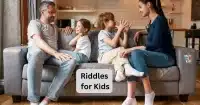
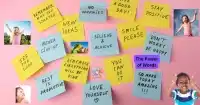



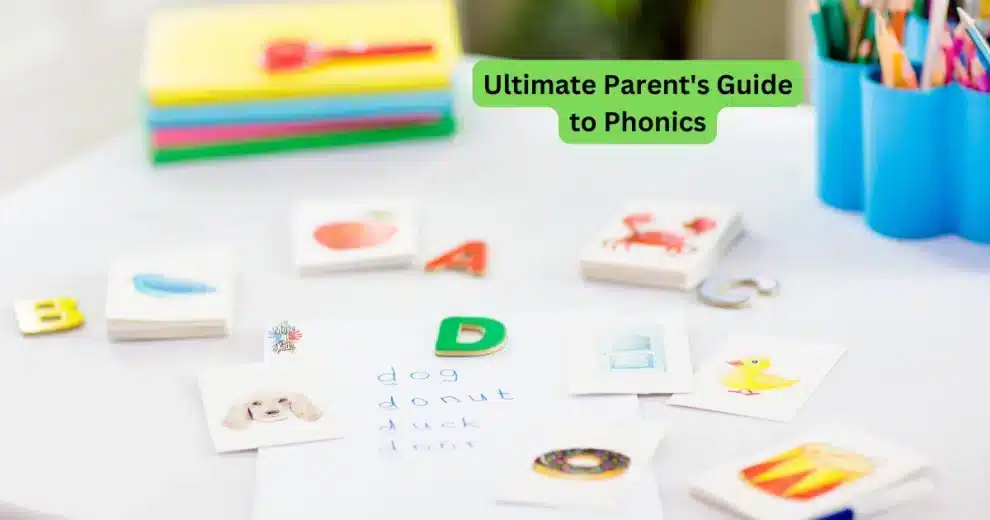
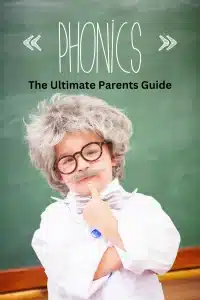 Popular Phonics Programs: A Closer Look
Popular Phonics Programs: A Closer Look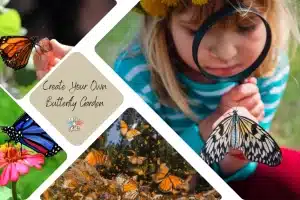

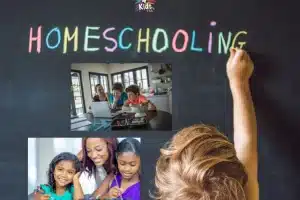
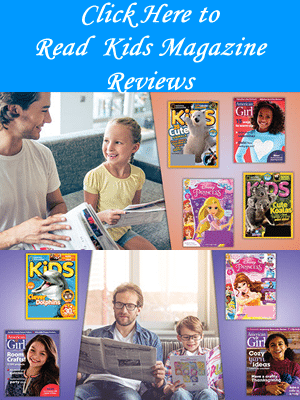
Add Comment